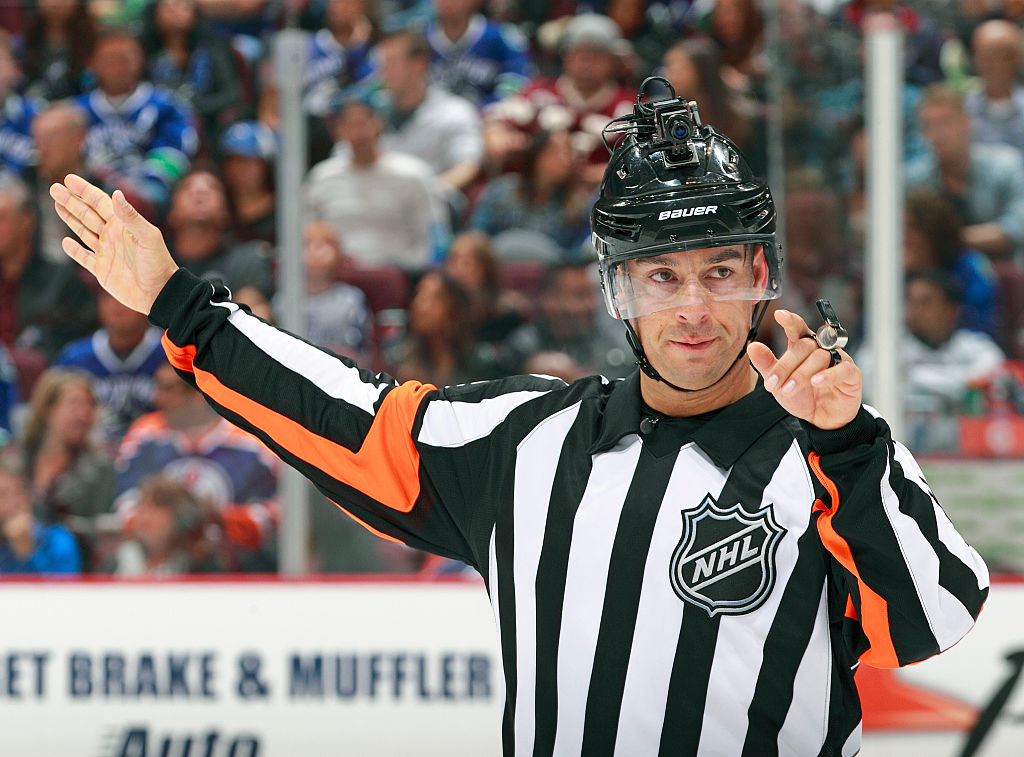NHL
NHL: How Rule Changes Will Affect the Game

After lots of complaints from fans, managers, and coaches of different teams in the league, the NHL is changing some rules for the 2019-2020 season. The series of changes encompass the enhancement of player safety initiatives, adoption of expanded video review, as well as the promotion of flow and more offense in the game.
The Board of Governors to the league, the Competition Committee, and NHL General Managers all approved the rule changes unanimously a week before the announcement. Here is a walkthrough of the changes made.
The coach’s challenge has been expanded
Coaches can currently challenge calls for interference on the goalkeeper and offsides. With the new rule, coaches can now challenge goals on the ice after plays that could have led to play stoppage, yet did not. The change allows for challenges of plays such as:
- High-stacked packs to teammates within the offensive zone
- Pucks hitting the spectator netting
- Hand passes preceding without stopping the play
- Out of play pucks that are subsequently touched
However, plays entailing discretionary stoppages like penalty calls will not be subject to the same.
Challenges for such types of plays are available only if the puck does not leave the attacking zone from the time when the infraction was missed to when the goal is scored.
NHL will penalize unsuccessful challenges
The number of challenges that a coach can make is no longer limited to the presence of a team’s timeouts. Any team can exercise one at any moment, but unsuccessful challenges also have escalating consequences. These will remain consistent in the three categories of challenges by the coach.
- The first unsuccessful challenge will bring about a minor penalty for delaying the play
- Each additional unsuccessful coach’s challenge will lead to a double minor penalty
Notably, Toronto’s Situation Room is still tasked with initiating video reviews in the last minute of both overtime and regulation time. It will also maintain the final authority over all video review decisions with consultation, and input from staff in the situation room and on-ice officials.
Referee’s review penalties
For major and match penalty calls, referees are responsible for conducting on-ice video reviews. This is done to ‘confirm’ the penalty and ‘reduce’ it to a minor penalty of two minutes. Referees, however, cannot rescind a called penalty.
They will be issued with all the available footage for reviewing their own calls. However, they are not allowed to consult with the Situation Room about their review.
For high-sticking double minors, refs can conduct on-ice video reviews to confirm their original calls. Particularly, they check to ascertain that the stick leading to the apparent infraction actually belonged to the penalized player. Their review for all penalties in this category is not mandatory, but discretionary. Even here, referees do not need to consult with the Situation Room.
Other NHL rule changes
When a player’s helmet comes off while on the ice, they must either leave the playing surface or retrieve a new one to replace it properly. What if a player is making a play or is in a position for an immediate play when the helmet comes off? Such a player will get a reasonable chance to complete their play before they exit the ice or retrieve and replace the helmet.
A minor penalty will be awarded to any player who fails to comply with the requirement. Furthermore, if a player removes an opponent’s helmet intentionally during play, they will have committed roughing and will also attract a minor penalty.
Another new rule is that the defense will not get a line change if their goalie goes on to freeze the puck on shots coming from beyond the center red line.
If a goalkeeper intentionally displaces the goal post during a ‘breakaway,’ the non-offending team will be awarded a goal. Finally, when the puck goes out of play in the hands of the attacking team, the face-off must stake place at one of the attacking zone’s two face-off dots.
How will the new NHL rules affect gameplay?
With all of these new rules in place, some fans are worried that it will slow down the pace of the game. Hockey is a game that people love because of its fast pace, so will these new rules ruin that?
Of course, replays do tend to break up the flow of the game a little bit. But, the NHL has done a good job of ensuring that the review time is cut to a minimum. Other sports like basketball, football, and tennis have implemented extensive video review without adding too much time ot the game.
Besides, most of the new rules will only apply in very specific situations. It is unlikely that many of these rules will be used in every game. Fans need not worry about the sport they love changing too much.











